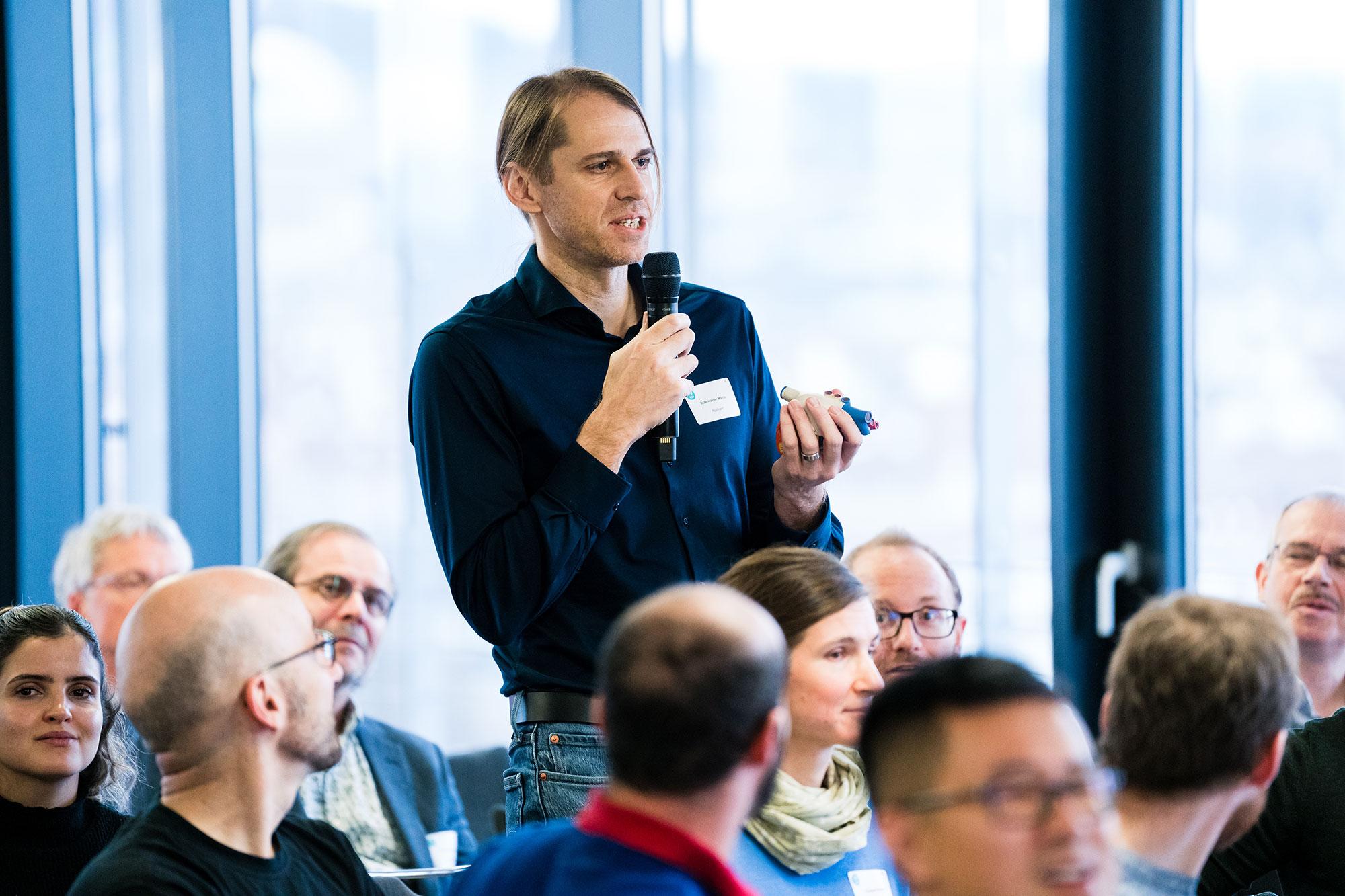(18) Artificial heart chambers for studying congenital heart defects

"For the first time ever, we can study human heart development in vitro and reduce the number of animal experiments," Marco Osterwalder from the University of Bern says.
Project description
600 to 800 children are born with a congenital heart disease (CHD) in Switzerland each year. While the effects are often not immediately severe, around a quarter nevertheless require treatment during the first year of life. As yet there are no animal-free models suitable for scientifically investigating the development of CHD.
The team led by Marco Osterwalder, assistant professor at the University of Bern, intends to develop heart organoids, cell models based on reprogrammed human stem cells that develop into small, beating heart chambers. Such models help simulate heart development during the embryonic phase. "For the first time ever, we can study human heart development in vitro and reduce the number of animal experiments," Osterwalder says.
The team hopes not only to identify the genes involved in the development of CHD, but also to study how they are regulated – in other words, how they are turned on and off.
The complex nature of the human heart means that animal studies will still be needed in the future, but the new methods can be used to study genetic changes and the effects they have on heart tissue, for example. "We hope to reduce the number of animal experiments, both in our own lab and beyond," Osterwalder explains.
The team will supplement the cell models by working with computational methods and using machine learning to study how the genes are regulated.
Interested in the progress of this project?
You can find information about the scientific publications, events, collaborations, etc. carried out since the beginning of the research project here.
Original title
HeartX: Decoding cardiac regulatory landscapes in an all-human model for cardiogenesis
